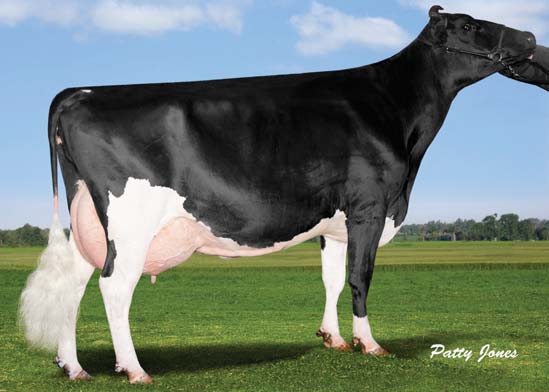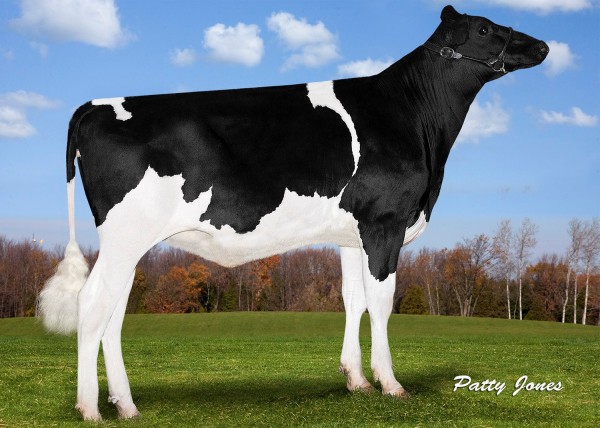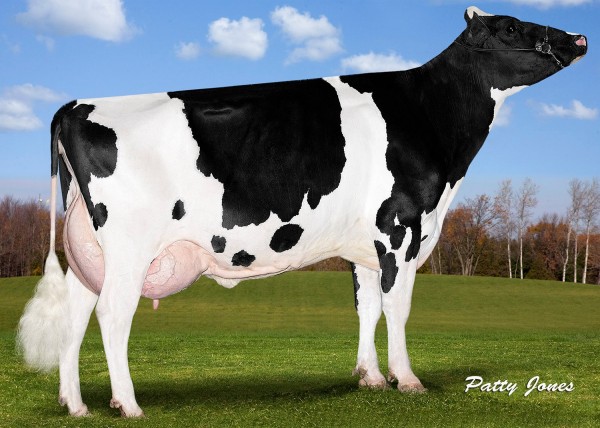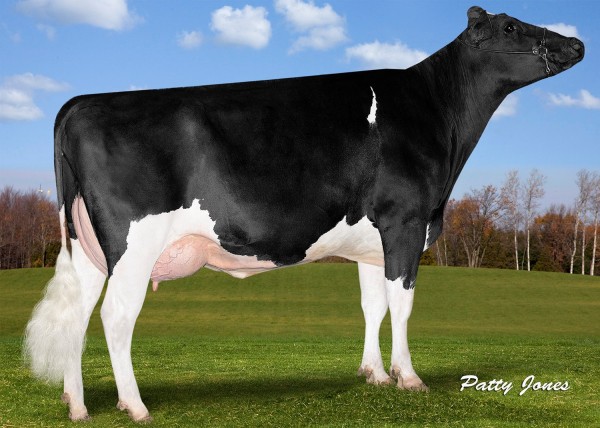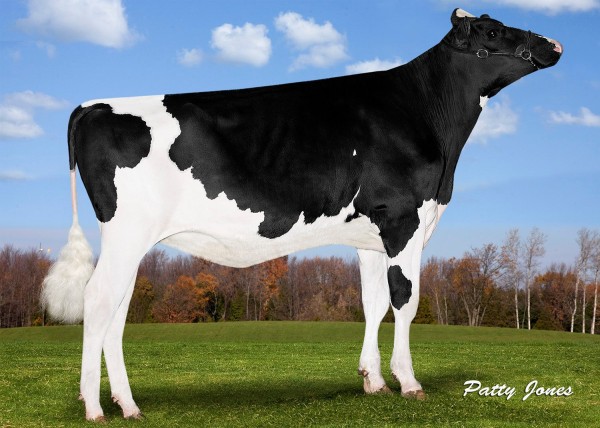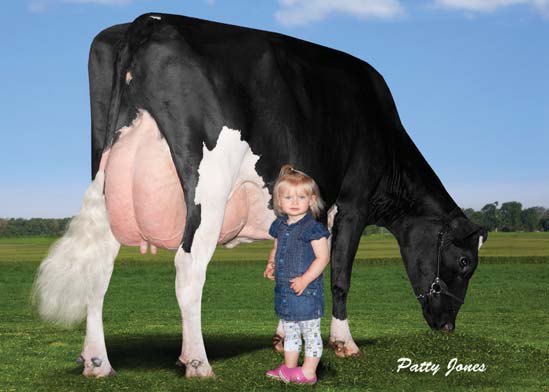Feeding dairy animals has gone from least cost to balanced rations to now where Income Over Feed Costs is king on a herd basis. Producers are now wanting to know which animals are the more efficient at converting feed to growth or milk. Since feed intake in dairy cattle has been considered to be too costly to measure, progeny testing programs have not provided sire daughter feed efficiency indexes.
Breeders want more for less. More growth and more milk from less feed. In this article, The Bullvine do an overview on where the genetics of feed efficiency is at.
Why is Feed Efficiency Important?
With feed costs being 50-60% of the total cost for the milking herd and an even higher percentage for calves, heifers and dry cows, it means that the managers of tomorrow need answers on the genetic side of feed efficiency to help attain future success. The margins in dairy farming are narrow and are likely to remain so into the future. Genetics, along with other disciplines, need to advance efficiencies. Of course, this not just a “cow” issue, it is also a crop production, harvest, storage and processing issue.
In other livestock industries, poultry, swine and beef, the genetics of feed efficiency has become a must-have. Dairy is behind in using genetics to advance feed conversion efficiency.
In dollars, saving $0.25 in feed costs per animal per day without reducing income, amounts to $83,500 per year for a 600-cow herd, that milks 500, has up to 100 dry cows and raises their own heifers as herd replacements. That’s not pocket change and if by genetic selection that $83,500 can be achieved – that’s significant.
Tracking Feed Efficiency
Many ways of tracking feed intake have been tried by researchers and companies to monitor animals. They include dry matter intake (DMI), residual feed intake (RFI), feed saved, time at the feed bunk, head movements during feeding, rumination activity and the use of novel electronic devices. But none, as yet, have been found to be the answer to the question – “Which sires produce the daughters that take less feed to produce the same milk revenue?”
Current State of Public Research Results
Dr. Kent Weigel (University of Wisconsin-Madison) on March 24, 2018 presented a very comprehensive report to the Northeast (Cornell) Dairy Production Medicine Symposium on a three-country dairy feed efficiency project (eleven research institutions with nine from the United States, one from Canada and one from The Netherlands) that analyzed numerous research projects and in each project the cows’ intake and performance. A synopsis of the facts that he reported include:
- The RFI data available, on approximately 8,000 cows, is not enough to provide accurate sire proofs. Heritability was found to be 19%, but the reliability of sire indexes is only 20-25%. Many, many more cow feed intake records are needed to go along with production and other data.
- DMI information is closely associated with level of production and cow size but it is not a good indicator of the genetic ability of a sire’s daughters for saving feed costs without altering yield.
- The ‘feed saved’ research results from Australia provide an interesting concept but, there again, much more data is needed, in order to provide sire genetic indexes.
- To get to the point of sire genomic indexes for feed efficiency will take time. First of all, a broad-based reference population is needed. Breeders are accustomed to genomic indexes being 65%-75% REL, so the current 20-25% REL for feed efficiency is not high enough.
- Currently high and low feed efficient cow families have been identified with some level of confidence. So there is progress being made in arriving at useful information.
- The three country international project, studying dairy cow feed efficiency, will continue including trying out new measurements and devices but breeders cannot expect answers any time soon.
General Recommendation by A. I. for Selecting Sires for Feed Efficiency
The general recommendation from A.I. for breeders who want to move their herds forward, genetically, for feed efficiency has been that they place emphasis on sires with higher fat and protein yield indexes but that also only have average to below average size/frames proofs. National total merit indexes and A.I. stud composite indexes (TPI, NM$, JPI, LPI, Pro$, ICC$, …) usually only place about 50% of their emphasis on those three traits, so changing a herd genetically for feed efficiency will not occur quickly. And it will only occur if the top-ranked sires for those three traits are used extensively to sire the next generation.
Four Organization are Stepping Out and Publishing Feed Efficiency Sire Ratings
There are four organizations that are publishing sire ratings for feed efficiency. A closer look at their information, currently available to breeders, follows:
Holstein US Predicts Feed Efficiency by Using Other Genetic Indexes
All sires on Holstein US various sire listings contain a ‘FE’ (feed efficiency) column. It is an estimate of the net profit a milk producer can expect to receive. Factors included in ’FE’ are: dollar value of extra milk produced, feed costs of the extra milk and extra maintenance costs for large cows. This is the formula that Holstein US uses:
FE = (-0.0187 x Milk) + (1.28 x Fat) + (1.95 x Protein) – (12.4 x Body Weight Composite)
Table 1 – Top FE Proven Holstein Sires
| Bull | NAAB Code | FE* | Milk | Fat | Protein | Body WC | SCS | PL | FI | PTAT | TPI | NM$ |
| 1. Josuper | 29HO16553 | 260 | 3442 | 114 | 98 | 1 | 2.83 | 6.1 | -0.1 | 1.42 | 2806 | 998 |
| 2. Princeton | 1HO11881 | 252 | 2669 | 107 | 84 | -0.16 | 2.77 | 3.9 | -4.6 | 1.7 | 2562 | 842 |
| 3. Denver | 151HO0690 | 240 | 2365 | 108 | 76 | 0.15 | 2.99 | 2.5 | -0.3 | 2.14 | 2695 | 787 |
| 4. Peterpan | 7HO12255 | 235 | 2226 | 108 | 75 | 0.62 | 2.96 | 2.2 | -1.5 | 1.02 | 2459 | 708 |
| 5. Cabriolet | 1HO10396 | 234 | 1064 | 101 | 53 | -1.73 | 2.89 | 6.2 | 1 | -0.03 | 2562 | 895 |
| 6. Maguire | 7HO12256 | 230 | 1580 | 116 | 61 | 0.62 | 2.76 | 3.9 | -1.9 | 1.39 | 2553 | 805 |
| AVG Top 15 FE Sires | 228 | 1972 | 101** | 69 | -0.09 | 2.87 | 4.6 | -0.5** | 1.54 | 2625 | 826 | |
| AVG Top 15 TPI Sires | 206 | 1961 | 86** | 68 | -0.01 | 2.86 | 4.9 | 0.9** | 1.82 | 2655 | 807 | |
* Data Source – Holstein US Official Top 100 TPI List of Proven Sires (April ’18)
** Top 15 sires for FE and TPI differ significantly in averages for fat yield (Fat) and fertility (FI). FE sire are superior for fat yeild but inferior for fertilty. As well TPI sires have somewhat higher type (PTAT).
In Table 1 the only points of difference between the Top 15 FE and TPI sires are in the traits FE, Fat Yield, and FI (fertility index). The FE sires are inferior to the TPI sires for fertility (FI), but superior for FE and Fat Yield.
It is worth noting that a feed efficiency index in this context has no direct measurement of feed intake.
Select Sires Uses Indexes and Designates Sires as FeedPRO®
Select Sires identifies the top 20% of their sire lineups as FeedPRO® Sires. The purpose of this selection tool is to highlight sires for producers who are concerned about feed costs and want to improve overall profitability. FeedPRO® is based on US and UK research that found that production, body traits, body condition score and daughter fertility accounted for 90% of the difference in feed intake between animals. Sires that qualify are designated as FeedPRO® Sires but are not assigned an independent index.
Third party researcher reviews were sought by Select Sires in FeedPRO®’s development. Dr Chad Dechow (Penn State) in his analysis found the “FeedPRO® Sires have an advantage, on average, of $0.13 to $0.18 (USA$) per day in income over feed cost when compared to the average active A.I. sire”.
Table 2 – Top SSI FeedPRO® Holstein & Jersey Sires ranked by NM$
| Bull | NAAB Code | NM$ | Milk | Fat | Protein | PL | DPR | PTAT | TPI | Codes |
| (Holstein Proven Sires Designated FeedPRO® )* | ||||||||||
| Modesty | 7HO12600 | 927 | 1012 | 90 | 56 | 6.7 | 1.3 | 1.93 | 2748 | |
| Yoder | 7HO12266 | 863 | 1243 | 107 | 53 | 5.1 | -0.3 | 1.9 | 2690 | A2A2 |
| Jedi | 7HO13250 | 825 | 2480 | 70 | 82 | 6.5 | 1.6 | 2.02 | 2716 | |
| Tetris | 7HO11985 | 793 | 2074 | 90 | 64 | 5.6 | -0.7 | 0.69 | 2526 | |
| Trenton | 7HO13094 | 782 | 495 | 79 | 48 | 6.7 | 0 | 1.56 | 2562 | A2A2 |
| Montross | 7HO12165 | 781 | 2910 | 80 | 85 | 4.1 | -0.5 | 1.94 | 2641 | A2A2 |
| All 16 Designated Sires* | 740 | 1542 | 73 | 56 | 5.3 | 0.7 | 1.41 | 2546 | ||
| (Jersey Proven Sires Designated FeedPRO® )* | JPI | |||||||||
| Chrome | 7JE5004 | 539 | 1143 | 71 | 43 | 4 | -0.9 | 2.3 | 180 | |
| Jammer | 7JE1254 | 493 | 1232 | 71 | 34 | 3.9 | -0.7 | 0.7 | 139 | |
| All 4 Designated Sires* | 481 | 956 | 68 | 39 | 3.2 | -0.7 | 1.43 | 150 | ||
* Only the top 20% of SSI sires according to more income from less feed, high production, moderate size, long-term fitness and productivity are designated FeedPRO®
** Note: These FeedPRO® sires always high high production and longevity but are variable for fertility and type.
The sires listed in Table 2 are among the current top sires that Select Sires has available based on the TPI and NM$ ranking systems.
Table 3 – Correlation of FeedPRO® and Other Indexes.
| Milk | Fat | Protein | NM$ | TPI |
| 0.54 | 0.7 | 0.7 | 0.91 | 0.9 |
* Data Source – Select Sires Inc Program Description for FeedPRO®
These correlations are moderately high. They show that FeedPRO® is aggressively selecting for increased production, but still, it identifies a noticeably different group of sires at the very top of the lists.
CRV Uses Genetic Indexes and Feed Intakes to Predict Lifetime Efficiency, and Feed Saved
CRV partnered with Wageningen Livestock Research to develop a large dataset of genotyped cows with individual feed intake measurements and then conducted the genetic analysis. From the results of this work CRV has developed two indexes relating to efficiency:
- a) ‘Better Life Efficiency’ – Its main components included the breeding values for fat yield, protein yield, longevity and feed intake. CRV has determined that, across a genotyped cow population of >60,000 cows, the top 25% of cows for life efficiency produced over 13,000 kgs. more milk per lifetime than the poorest 25% of cows. Ratings are published for every bull of every breed. and
- b) ‘Saved Feed for Maintenance’ – Cows with a positive breeding value for Saved Feed for Maintenance need less than an average amount of feed for their body maintenance and therefore convert feed into milk more efficiently. This breeding value indicates how much feed (in kg dry matter per day) is saved because the cow is more efficient than average. It has been added to the Dutch/Flemish total merit index, NVI.
Table 4 – Top BLE (and SFM) Sires
| US Sires | |||||||
| Sire Name and Code/ID | BLE** | SFM*** | F + P (lbs) | NM$ | PL | DPR | |
| 1. Nash | 97HO41910 | 19 | 0.64 | 130 | 877 | 7.4 | 0.8 |
| 2. Ligero | 97HO61744 | 19 | 1.22 | 145 | 811 | 5.3 | 0.6 |
| 3. Dirk | 97HO41786 | 17 | 0.76 | 117 | 763 | 5.7 | 2.1 |
| 4. Shero | 97HO41974 | 16 | -0.33 | 129 | 841 | 7.6 | 2.4 |
| 5. Audible | 97HO41830 | 15 | 0.48 | 170 | 846 | 4.4 | -0.4 |
| 6. Exclusive | 97HO41855 | 14 | 0.89 | 117 | 820 | 6.7 | 3.1 |
| Netherland Sires | |||||||
| Sire Name | BLE** | SFM*** | F+P (kgs) | Longevity | Fertiltiy | ||
| 1. Monaco | NL937658659 | 25 | 1.77 | 167 | 847 | 97 | |
| 2. Empire | NL729539557 | 18 | 0.85 | 123 | 1195 | 104 | |
| 3. Jethro | NL872395552 | 18 | 1.07 | 141 | 855 | 101 | |
| 4. Locker | NL872395552 | 18 | 1.05 | 138 | 832 | 102 | |
| 5. Treasure | NL946221484 | 17 | 0.52 | 103 | 1248 | 108 | |
| 6. Smiley RC | DE0539391976 | 14 | 0.82 | 114 | 932 | 102 | |
* Feed Efficiency has two indexes composing it – Beter Life Efficiency and Saved Feed for Maintenance
** Better Life Efficiency uses the genetic indexes for fat yield, protein yield, longevity andfeed intake.
*** Saved Feed for Mantenance is the feed saved expressed in kg dry matter pe day
Longevity is expressed in days of productive life
Fertility has average value of 100 and STD Dev of 5.
The CRV sires in Table 4 give breeders a variety of pedigrees to choose from and are high production rated.
STgenetics Conducts Progeny Tests for Feed Intake and Performance to Predict Feed Efficiency
STgenetics has been capturing individual animal feed intake information for the extensive group of heifers and cows they own or control. From that feed intake data, along with all genetic indexes and DNA profiles, they have developed a program called ‘EcoFeed™’.
EcoFeed™ is more than simple feed efficiency for milking cows. It is a continuously growing database that monitors the animal’s growth and productivity throughout its entire lifetime from calves, to heifers, to milking cows. Feed efficient animals are expected to use fewer feed resources and convert feed more efficiently while creating less waste, manure, methane and CO2 per unit of production. All of these outcomes should greatly assist in making future dairying more viable, more sustainable and an environmentally friendly industry.
Some of the key components of EcoFeed™ sire indexing include: 1) it is a multi-factor efficiency index that encompasses the entire lifespan of a cow; 2) it is based on modern technology that measures daily individual animal consumption; 3) it includes a progeny testing program, the gold standard of dairy cattle genetic indexing; and 4) once proven, STgenetics sires reach high levels of reliability for EcoFeed™.
STgenetics reports that “To qualify as an EcoFeed™ sire, a bull’s progeny must be genomically tested and complete feed efficiency testing. Ecofeed™ rankings are based on a 100 base system where every five points, over 100, equals one pound less feed that a sire’s progeny can be expected to consume each day while producing the same amount of milk as their peers.”
Table 5 – Top Six ST genetics EcoFeed™ Progeny Tested Holstein Sires
| Sire | NAAB Code | EcoFeed | EcoFeed REL | Milk | Fat | Protein | BWC | SCS | PL | FI | PTAT | FE | TPI | NM$ | Codes |
| 1. Charismatic | 513HO03092 | 118 | 69% | 850 | 81 | 27 | -0.44 | 2.8 | 6 | 0.5 | 1.6 | 146 | 2468 | 709 | |
| 2. Comanche | 147HO00500 | 115 | 53% | 704 | 85 | 26 | -0.67 | 2.94 | 5.7 | 1.1 | 0.88 | 155 | 2390 | 689 | |
| 3. Author | 151HO00628 | 107 | 42% | 543 | 35 | 32 | 1.25 | 2.92 | 1.3 | 1.3 | 1.69 | 82 | 2180 | 375 | |
| 4. Detour | 513HO03091 | 106 | 64% | 1342 | 73 | 51 | -0.81 | 2.77 | 5.6 | 1.4 | 1.61 | 178 | 2596 | 795 | A2A2 |
| 5. Missouri | 147HO02462 | 106 | 44% | 1888 | 52 | 54 | -1.15 | 2.68 | 5.6 | 0.3 | 1.74 | 151 | 2487 | 707 | |
| 6. Mador | 151HO00664 | 106 | 43% | 1968 | 36 | 40 | 0 | 2.91 | 2.3 | -1.1 | 1.91 | 87 | 2177 | 402 | |
| 15 Sires with REL >40% | 106 | 53% | 1187 | 62 | 40 | 0.02 | 2.81 | 4.9 | 1.1 | 1.52 | 134 | 2415 | 630 | 3 are A2A2 | |
Note:
1. EcoFeed™ reliabilities are only moderate compared to other traits but they are double the reliabilities for other FE rating systems. As more research is conducted and more animal data is captured, the reliabilitites will increase.
2. Production and longevity focused dairy breeders want productive, fertile, longer lived and moderate sized cows. The averages for fat, protein, BWC, SCS , PL and FI of the EcoFeed™ sires all should assist in achieving breeders needs.
In Table 5 full brothers, Charismatic and Comanche, stand out ahead of other STgenetics sires for EcoFeed™. Both have good reliabilities with considerable daughter information included, and neither is yet four years old. It appears that the story has just begun for EcoFeed™ sire indexing given that, every week, STgenetics captures more feed intake and performance data on milking first lactation cows.
Table 6 ST’s correlations table
| TPI | NM$ | CM$ | Milk | Fat | Protein | PL | DPR | FE |
| 0.02 | -0.01 | -0.01 | 0.06 | -0.01 | 0.06 | -0.05 | -0.08 | 0.01 |
* Data Source – ST Genetics information materials
Table 6 reports no correlations between EcoFeed™ and other traits. We would not have expected that as Table 3 shows moderate to high correlations for FeedPRO® with other traits. But when we consider that EcoFeed™is more than just feed efficiency, it may not be as surprising as it first appears. Definitely, breeders will be following the research that STgenetics is doing on lifetime efficiency. It should be noted that the concept of lifetime efficiency is also what CRV bases its ‘Better Life Efficiency’ index on.
The Bullvine Bottom Line
It is very encouraging to see that organizations have recognized the need to put weight on feed efficiency in their genetic programs. The potential for increased profit is thereby using genetic indexes to save on feed costs.
Now is the time for all dairy breeders to study the matter of feed efficiency sire indexing and decide how they will incorporate it into their breeding program. Dairy cattle breeders must use feed efficiency sire ratings now (2018-2019) for milk producers to be able to benefit tomorrow.

Get original “Bullvine” content sent straight to your email inbox for free.






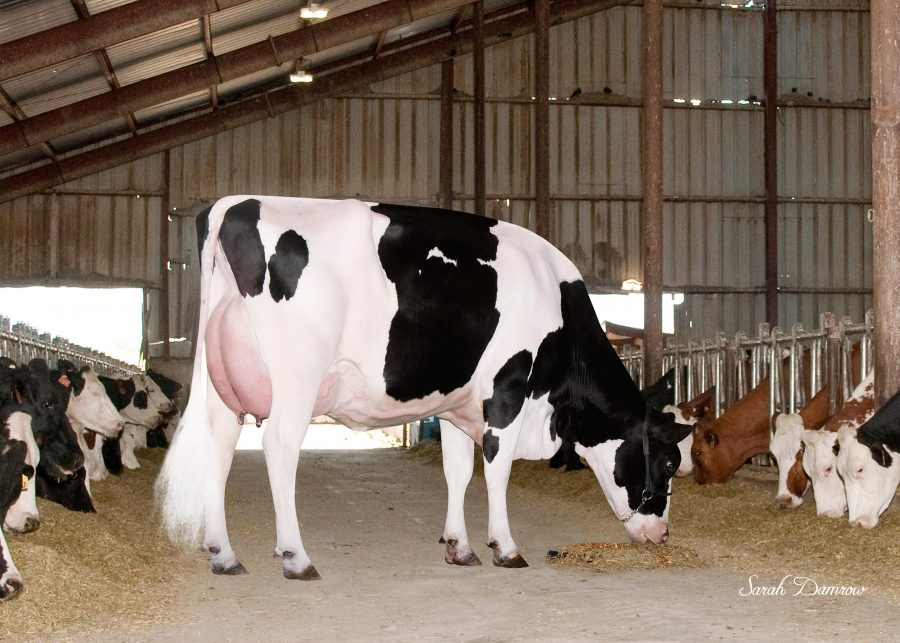
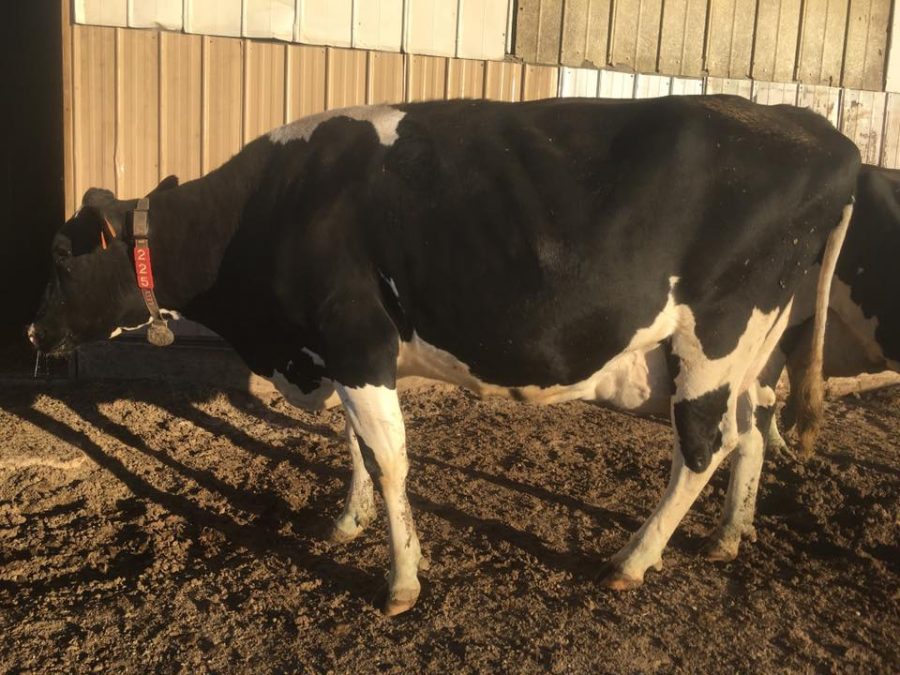
 Kevin’s parents started dairy farming in 1973 with grade Holsteins. By 1981 they had a fully purebred Holstein herd that has twice (2000 & 2014) won the coveted Canadian Holstein Master Breeders Shield. The herd had been intensively selected for both production and conformation, but also important was sound cropping on the fertile land south of the City of Montreal.
Kevin’s parents started dairy farming in 1973 with grade Holsteins. By 1981 they had a fully purebred Holstein herd that has twice (2000 & 2014) won the coveted Canadian Holstein Master Breeders Shield. The herd had been intensively selected for both production and conformation, but also important was sound cropping on the fertile land south of the City of Montreal. 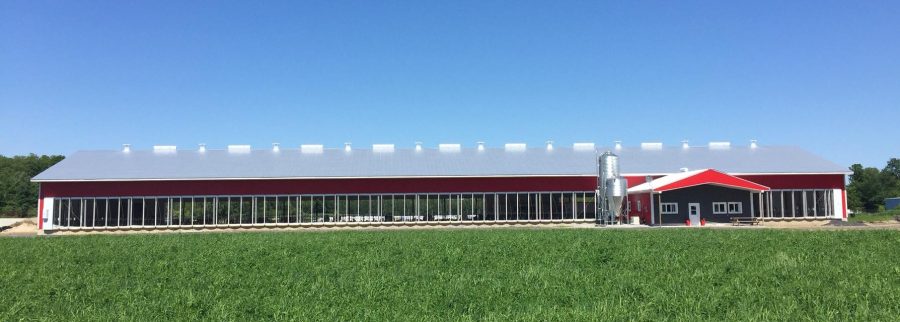
 Kevin and Amanda had a very smooth transition. Amanda and Kevin shared the following ideas to help others transition to robotic single stall milking.
Kevin and Amanda had a very smooth transition. Amanda and Kevin shared the following ideas to help others transition to robotic single stall milking.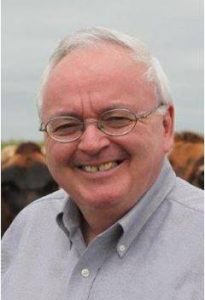 Being lauded and recognized by your peers gives one a special feeling. That is exactly what happened recently to Russell Gammon when he was awarded the 2017 Canadian Dairy Cattle Improvement Industry Distinction Award. For Bullvine readers living outside of Canada, this is Canada’s equivalent to The Industry Person of the Year which is awarded annually, in the United States, at World Dairy Expo time.
Being lauded and recognized by your peers gives one a special feeling. That is exactly what happened recently to Russell Gammon when he was awarded the 2017 Canadian Dairy Cattle Improvement Industry Distinction Award. For Bullvine readers living outside of Canada, this is Canada’s equivalent to The Industry Person of the Year which is awarded annually, in the United States, at World Dairy Expo time.
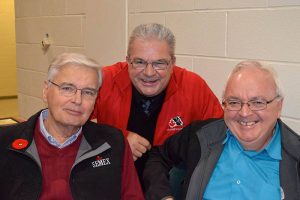
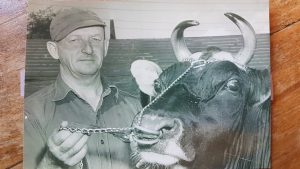

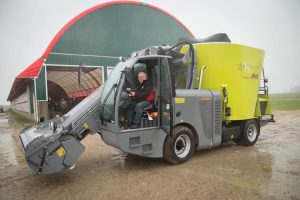 Always Moving On
Always Moving On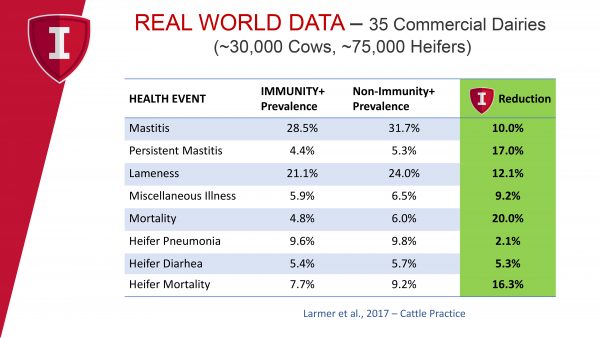
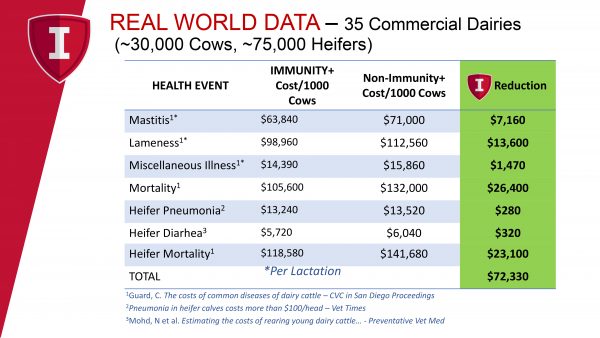


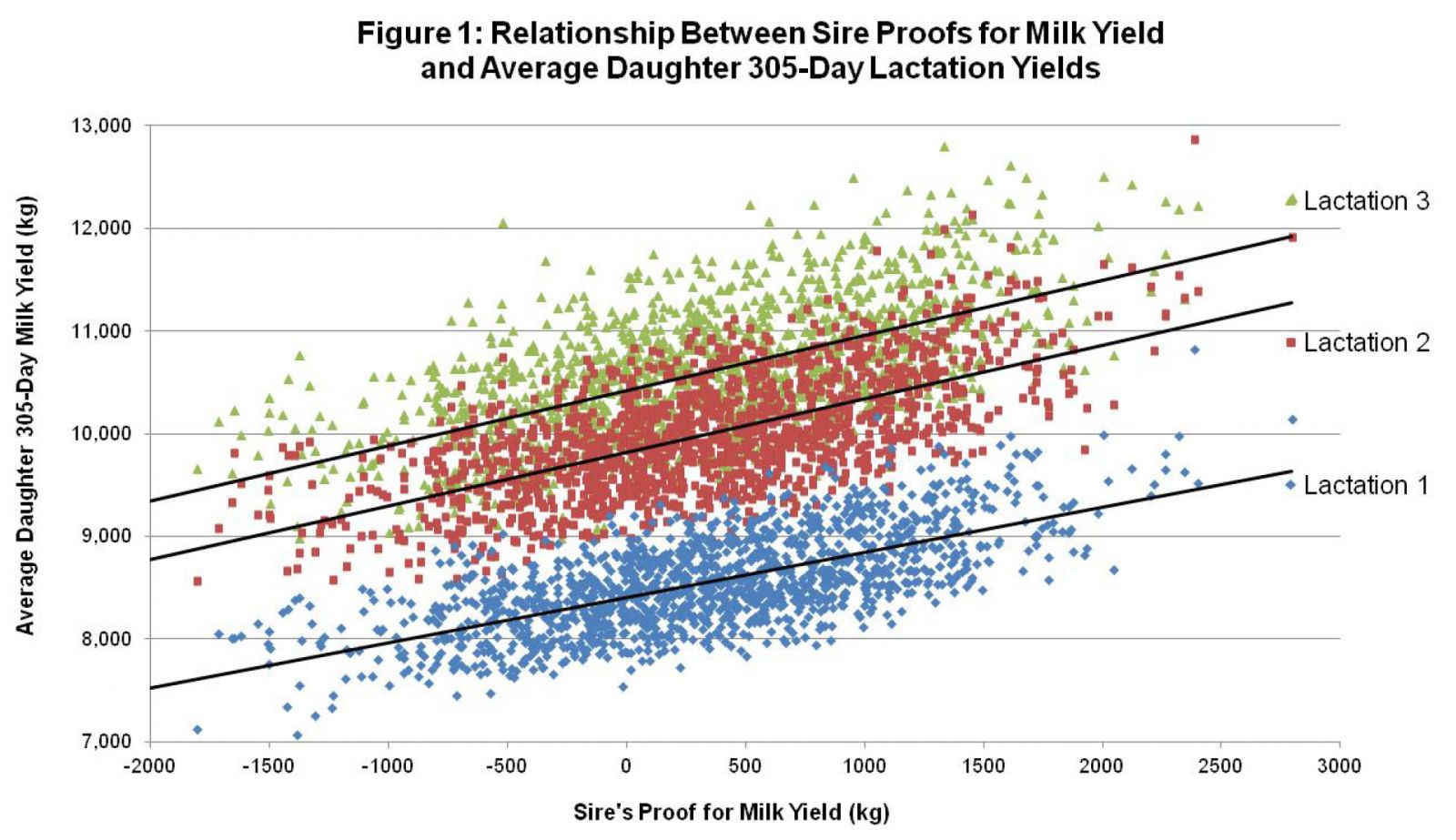
.jpg)
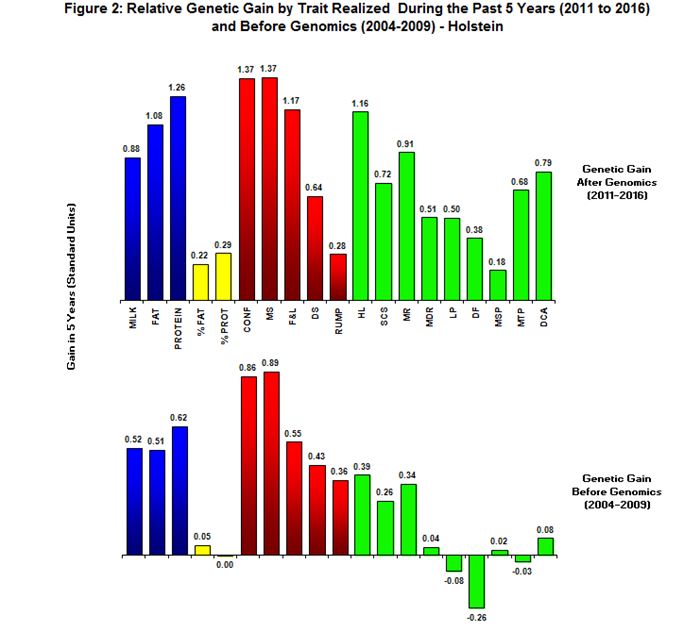

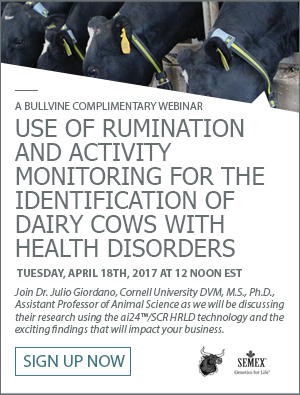
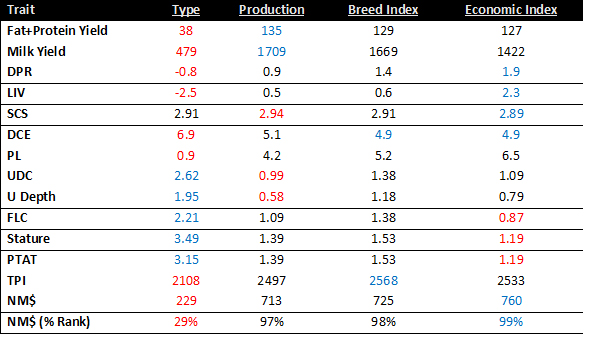
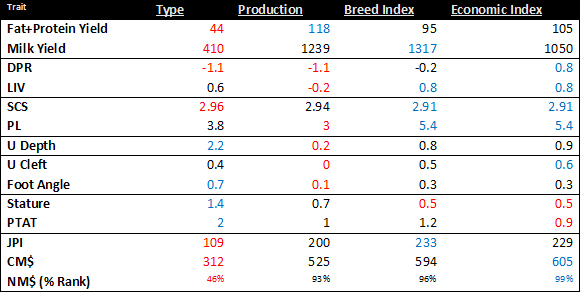
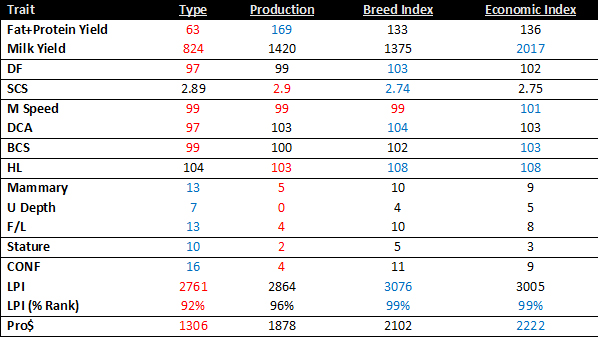
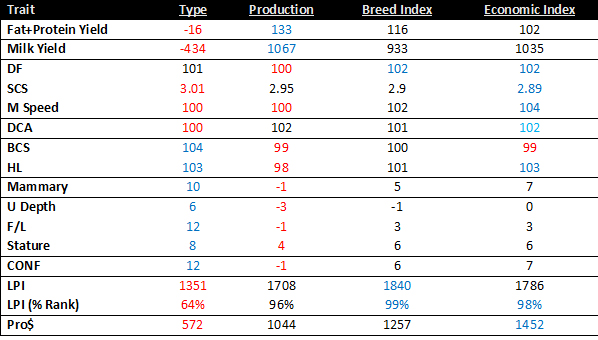
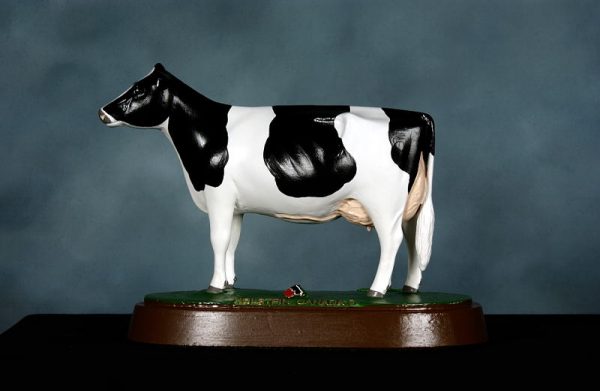
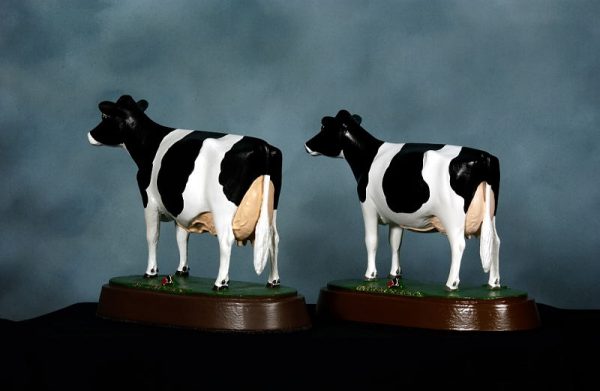

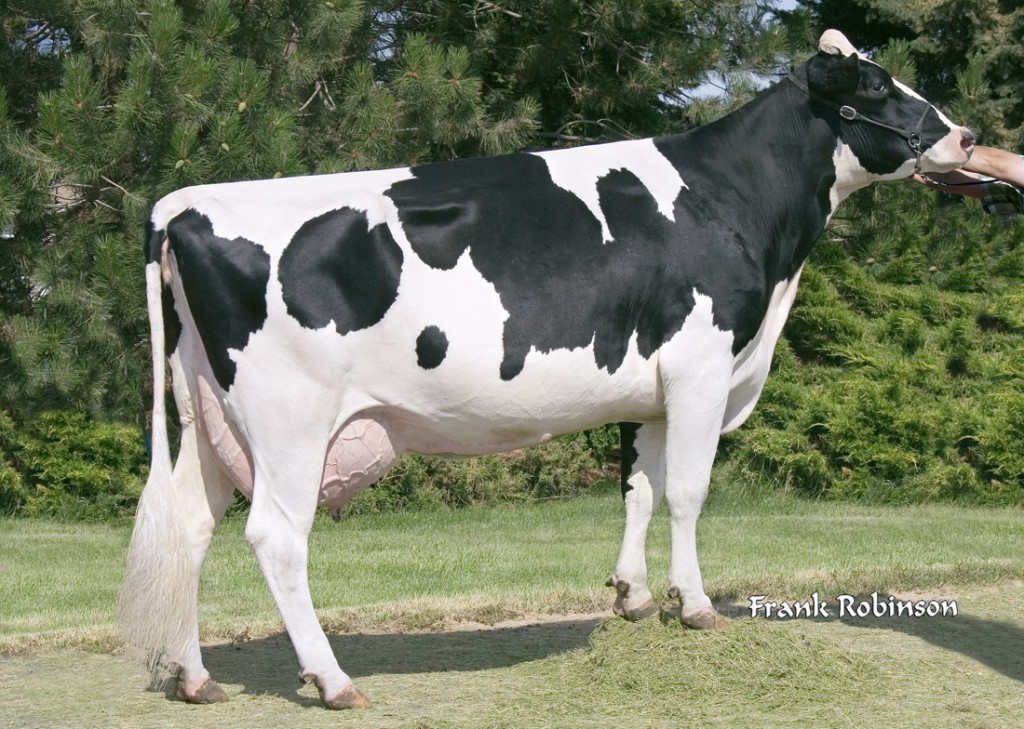
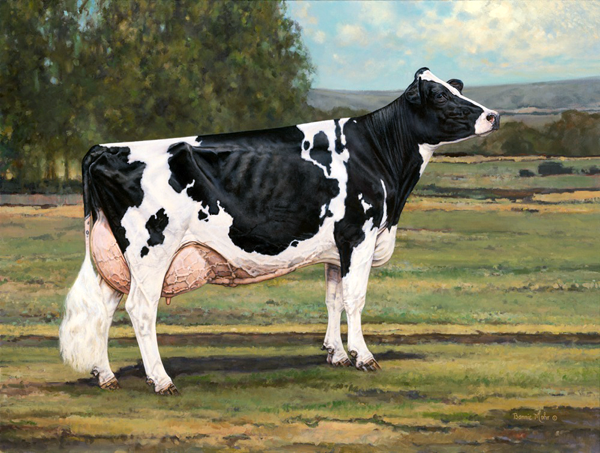
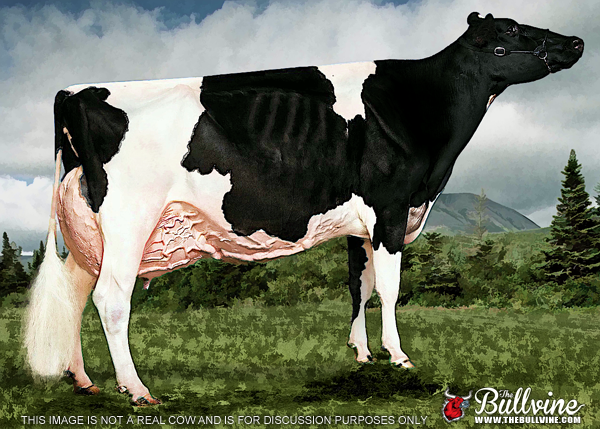
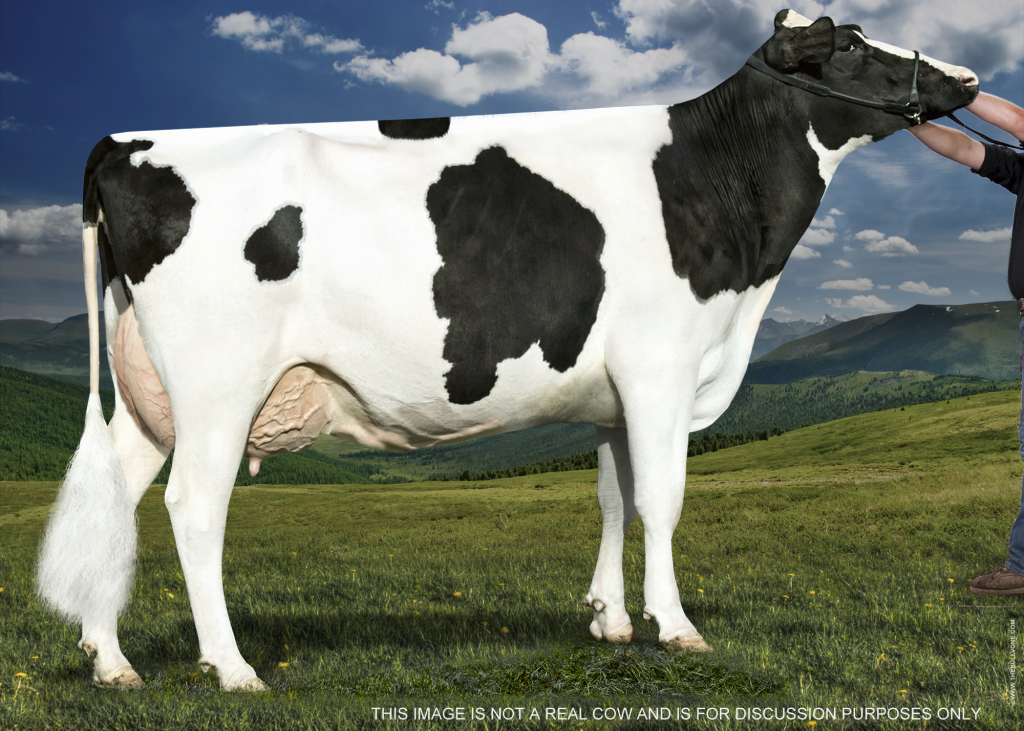
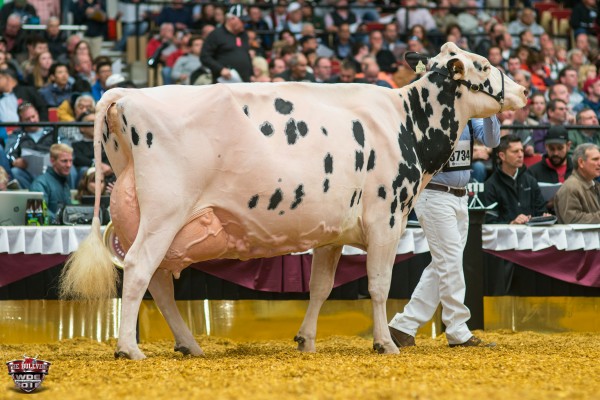
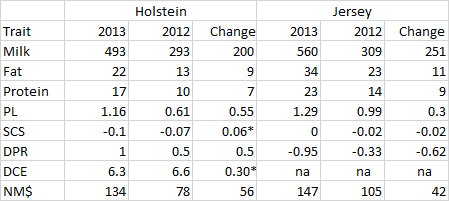
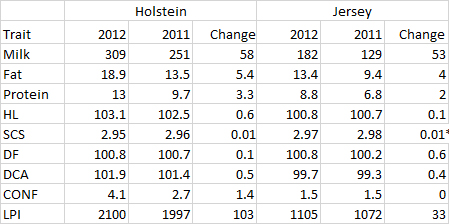
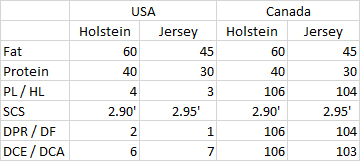
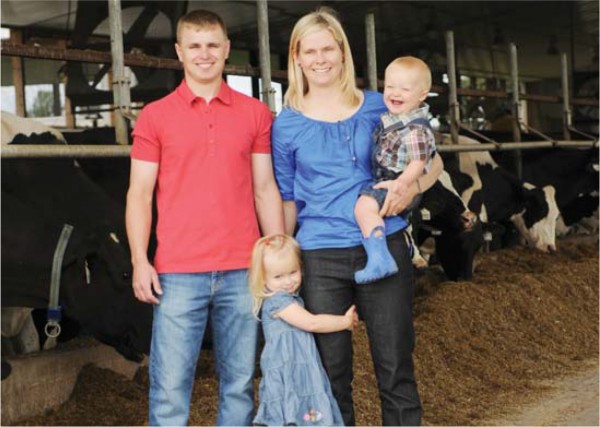
![12363083_1525147981131839_553892155549559281_o[1]](https://www.thebullvine.com/wp-content/uploads/2016/02/12363083_1525147981131839_553892155549559281_o1-600x403.jpg)
![10629337_1500945886885382_3944254530867143695_o[1]](https://www.thebullvine.com/wp-content/uploads/2016/02/10629337_1500945886885382_3944254530867143695_o1-600x380.jpg)
